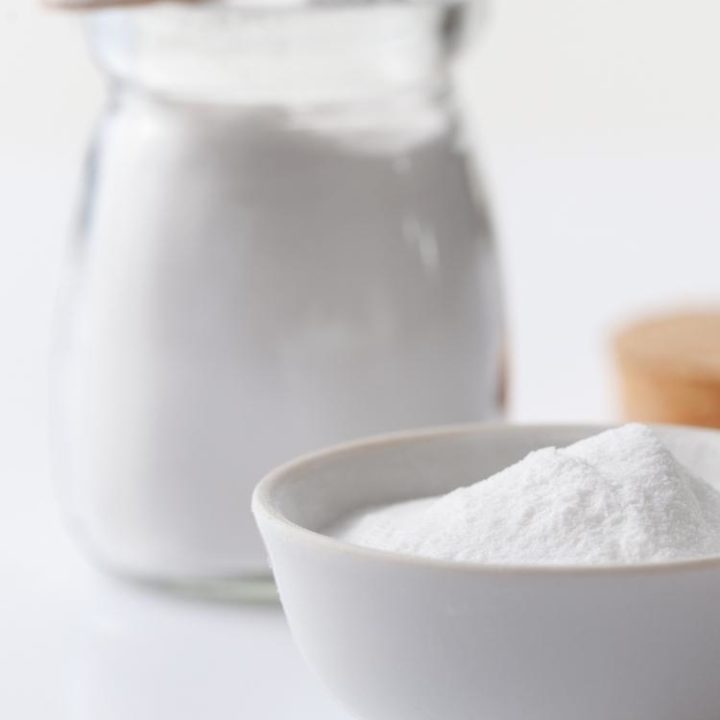Stearic acid is a type of fat that’s usually full and it’s pretty much everywhere in our day-to-day lives, even if we don’t always see it. It comes from both animals and plants, and it’s super handy in all sorts of different ways. Because it can handle high heat, makes things thicker, and can help mix different substances together, stearic acid is a really important part of many things we make and use.
it is a kind of fat that’s made of a really long chain of 18 carbon atoms. It’s different from most other fats because it feels like solid wax when it’s just sitting around at room temperature, while other fats are usually liquid. The way it’s built, with only one kind of bond between the atoms, makes stearic acid really steady. This steadiness means it doesn’t react easily and it can handle a lot of heat.
Natural Sources and Commercial Production:
Found a lot in nature, like in fats from animals like cows and sheep, in oils from plants like cocoa and shea butter, and even in milk products. When people make stearic acid to use in different things, they change some fats that aren’t full or break down some really fat stuff from these natural places.
Key Uses of Stearic Acid:
- Food and Beverages: Known as E570 in the food industry, it serves as an emulsifier, a binding agent, and a dough strengthener in baked goods. Its ability to stabilize and prevent oil and water from separating makes it a valuable additive in many food products.
- Cosmetics and Skincare: In the cosmetic industry, stearic acid lends texture and consistency to various products like soaps, shampoos, and creams. It acts as a surfactant, reducing surface tension and enhancing the spreadability of cosmetics.
- Pharmaceuticals: Stearic acid’s role in pharmaceuticals includes acting as an excipient, a substance that carries the active ingredients in medicine, and a lubricant in tablet production.
- Industrial Applications: Finds applications in the production of candles, plastics, and detergents. Its surfactant properties make it an excellent release agent in manufacturing processes.

Health Implications:
Even though it is a kind of fat that’s usually full, studies show it doesn’t make cholesterol levels go up like some other full fats do. The big health group, World Health Organization (or WHO for short), says it’s okay to have stearic acid in our food. But, if someone is allergic to stearic acid or it makes their body upset, they should try to stay away from things that have stearic acid in them.
Conclusion:
It is a really cool ingredient that’s in a bunch of stuff we use every day. It helps make these things feel good to use, keeps them fresh, and helps them do their job well. Scientists are always looking at it to see what else we can do with it because it’s such a special molecule. If you’re using stuff with stearic acid or you’re the one picking what goes in those things, knowing about it is really important since it’s pretty much in everything!
